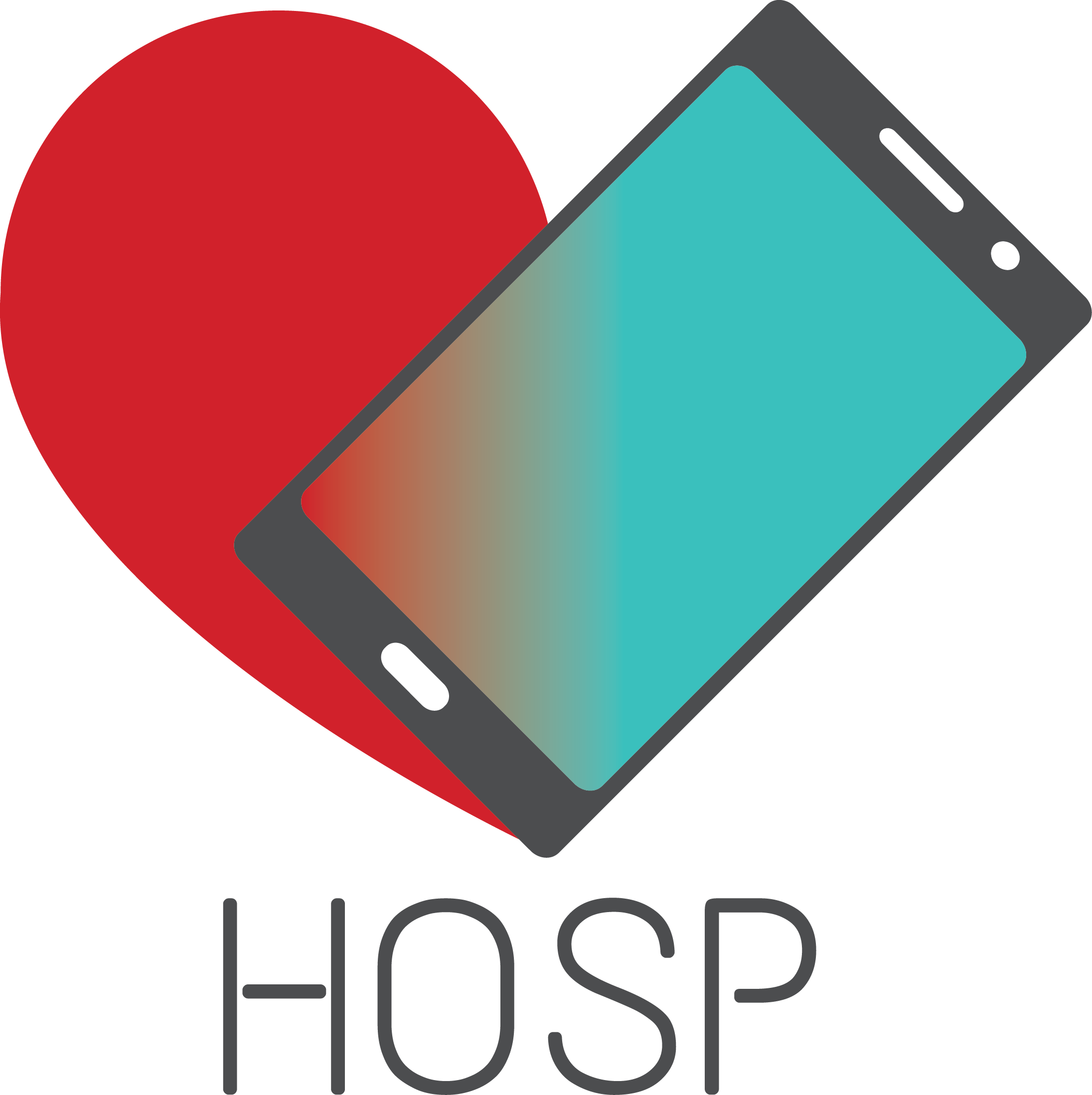Epistaxis represents bleeding from a nose, and it is fairly common phenomena which can occur at any age, but it is most common in young children (2 – 10 years) and elderly population as opposed to older children and adults. Moreover, epistaxis is very rare in very young children (< 2 years) where it is often caused by serious illness or trauma. Approximately more than 50% of all people will experience epistaxis at some point in their life. A nosebleed can be quite dramatic and abundant, but it is rarely life-threatening or deadly because around 10% of these nosebleeds are serious conditions.
Classification and causes of epistaxis
Nosebleeds can be induced by various causes, and depending on them epistaxis can be divided into two categories – Anterior bleeding (frontal and the most common bleeding) and Posterior bleeding (less common, but more serious, back bleeding). Some of the main causes of both epistaxis types are listed below.
Anterior epistaxis causes
- nose-picking
- nasal congestion – a blockage of the nasal passages, often due to cold or flu
- nose lesion – small wound inside the nose
- foreign body – epistaxis can occur after the elimination of the foreign body from the nose
- nose-blowing
- anatomical disorders – deviation of the nasal septum (the wall between the left and right nostrils) or sensitive nasal blood vessels
- dry air – dry air or high temperatures that can affect the nasal mucous membrane
- sinusitis – inflammation of the cavities around the nasal passage
- allergic / nonallergic rhinitis – irritation or inflammation of nasal mucous membrane caused by allergens or other agents
- overuse of nasal decongestants – rebound phenomenon of nasal sprays can cause a epistaxis
Posterior epistaxis causes
- severe nasal injuries – such as a nasal fracture (broken nose) or surgeries done on the nose
- anticoagulants (blood thinners) – drugs used to prevent blood clotting (coagulation) whose main side effect is bleeding as they decrease the blood clotting ability
- antiplatelet drugs – drugs used to prevent arterial thrombosis, by inhibiting the platelet plug formation, which may induce bleeding
- thrombolytics – clot-busting agents that may also lead to bleeding
- coagulopathy – a disorder in a blood clotting ability such as Von Willebrand’s disease or hemophilia
- malignant or benign tumor – in thenasal cavity
- atherosclerosis – narrowing of the artery caused by a plaque
- hypertension – although it is not a direct cause of epistaxis, people with high blood pressure can experience heavy nosebleeds that can be hard to stop
Signs and symptoms
The signs and symptoms of the people with epistaxis depend on bleeding intensity. A person will have visible signs of bleeding from the nose which can sometimes pass to the mouth. If the bleeding is severe, prominent paleness can be observed as well as accelerated pulse. The individual can be upset which can sometimes seem like a panic because of the dramatic effect caused by sudden bleeding.
First aid
A patient with epistaxis can take some steps that will ease the bleeding or stop it before coming to the doctor. One of the most important things to do is to stay focused and not panic. It is necessary to wash your face with cold water, pressing the soft part of your nose firmly for about 10 – 15minutes. Sitting upright while leaning your head forward can reduce the blood pressure in the nasal blood vessels.
Moreover, you should put ice pack in a towel on the bridge of the nose to narrow the blood vessels. Don’t bend your head backward because blood from the nose will pass through your throat and you will swallow it. If the bleeding is serious and lasts long, and/or you have trouble breathing, call a doctor immediately.

